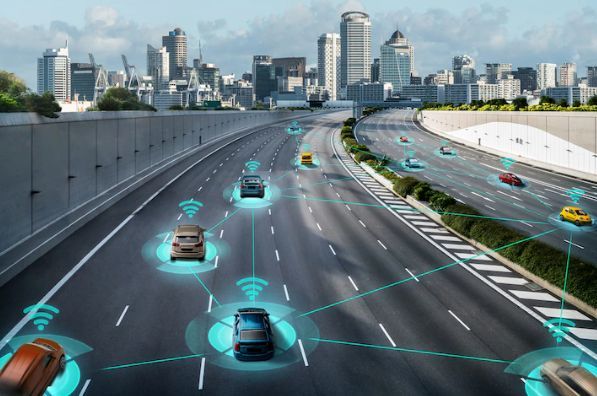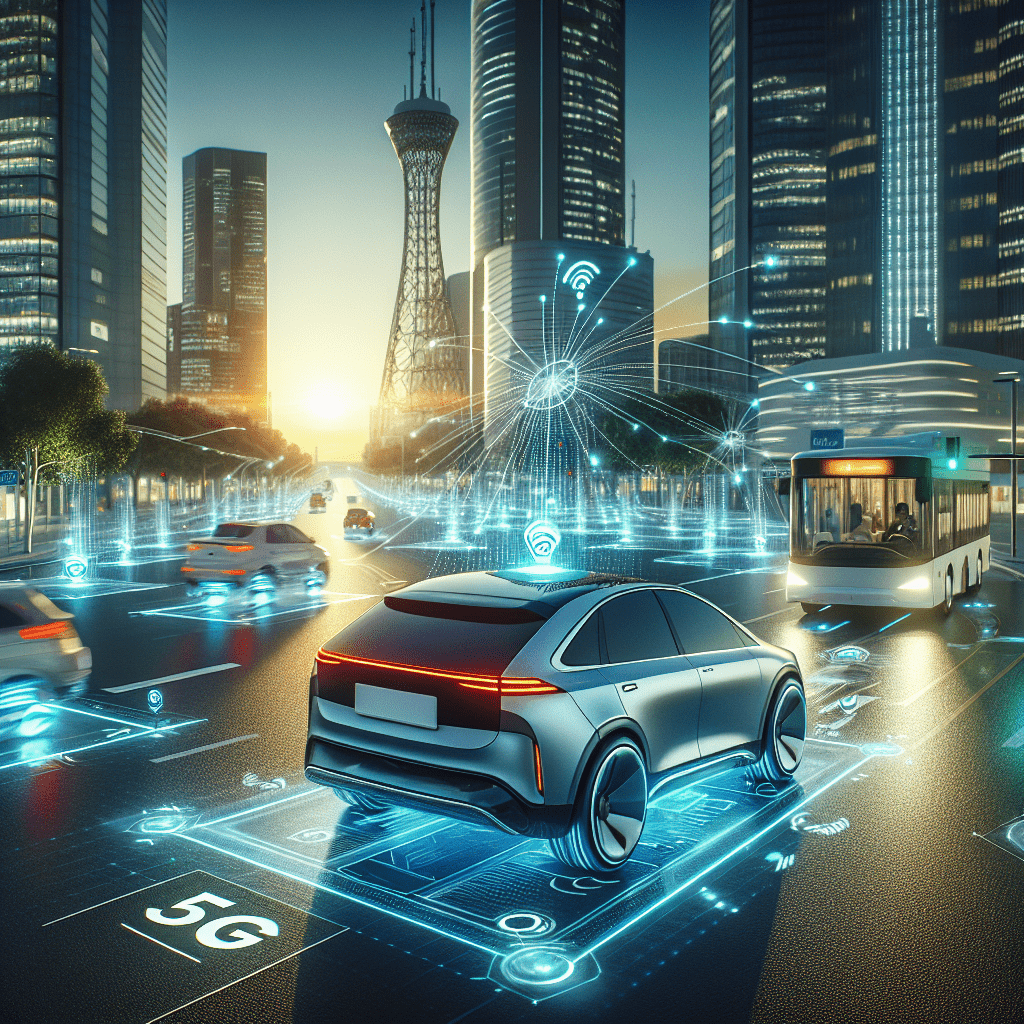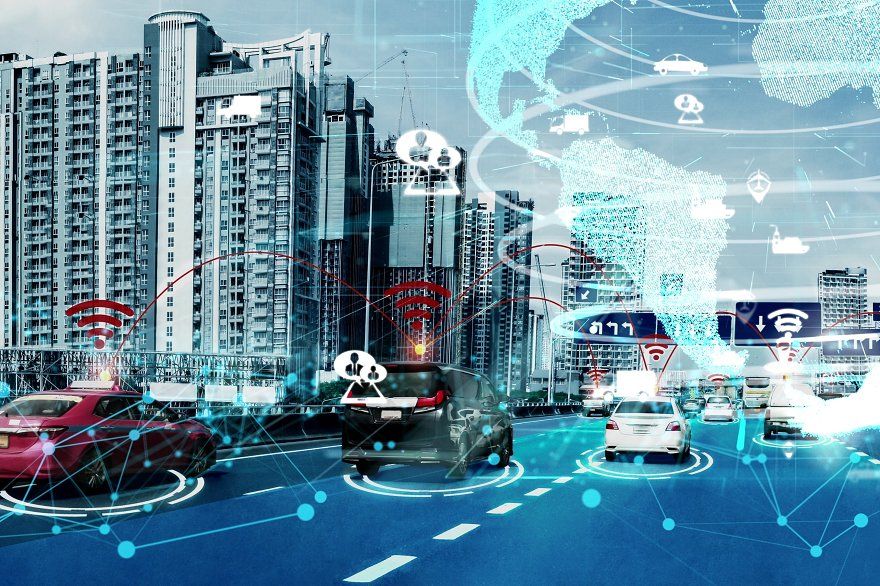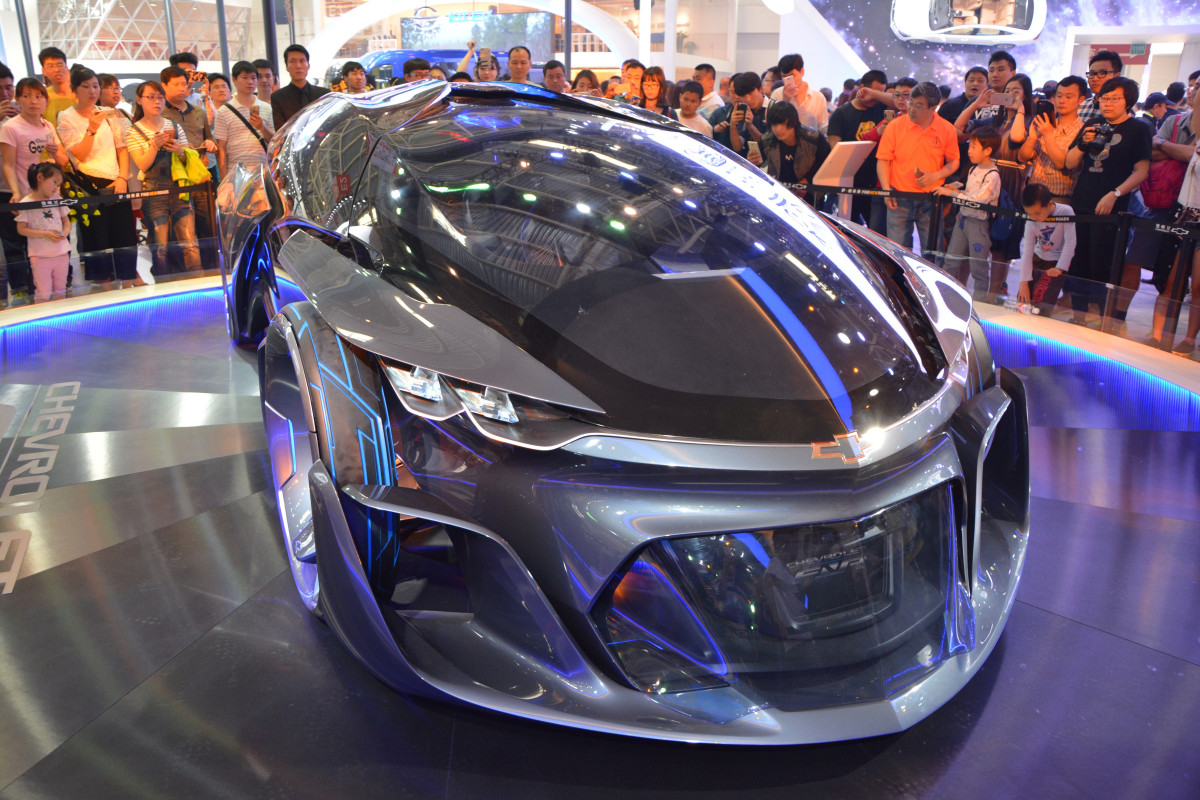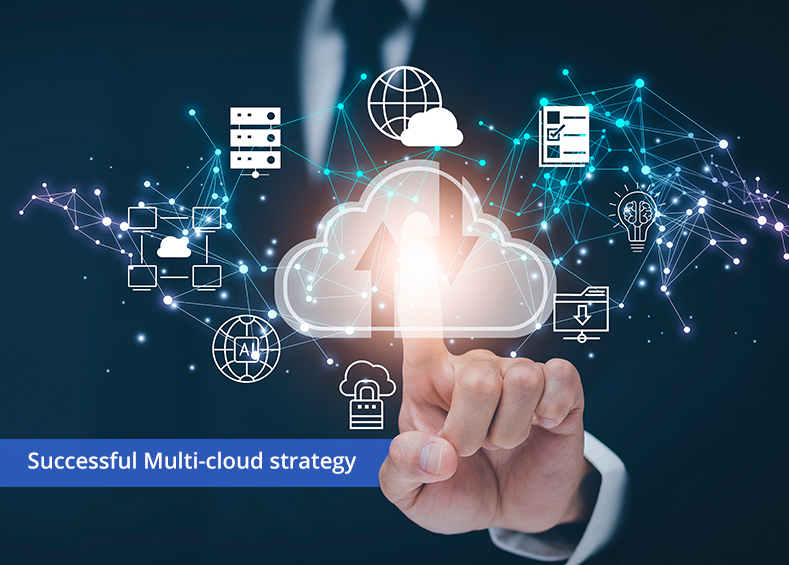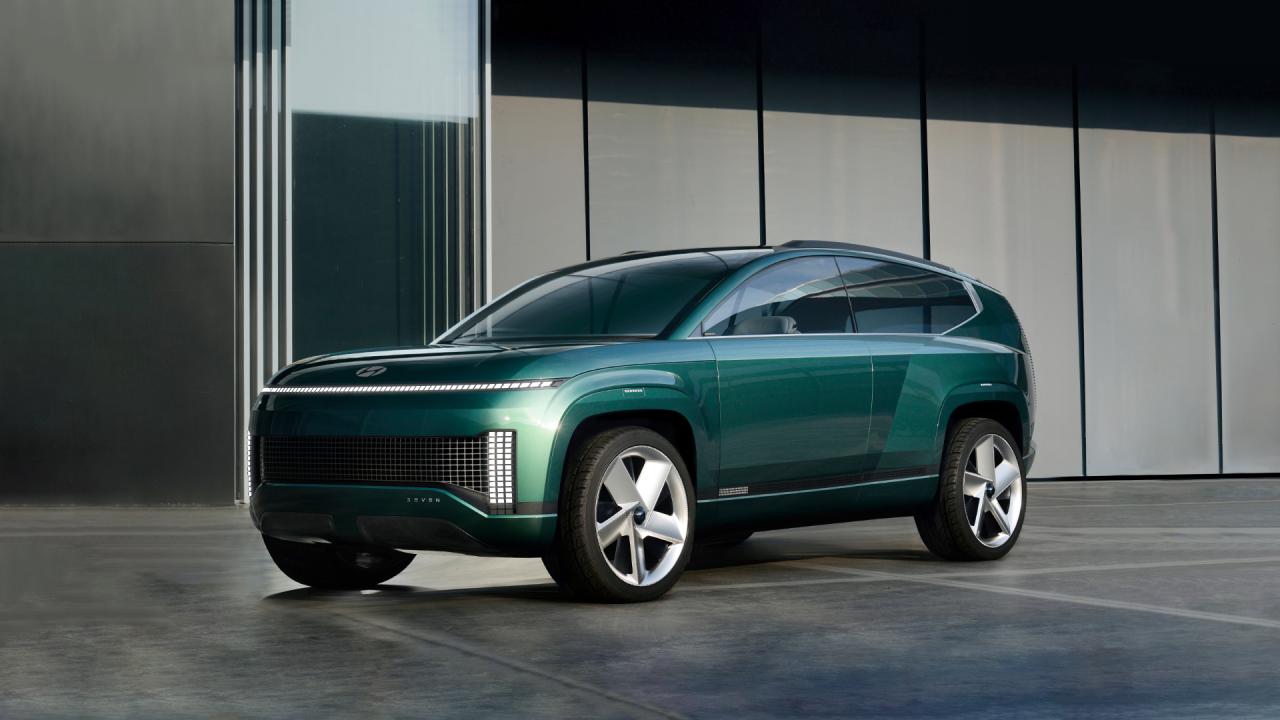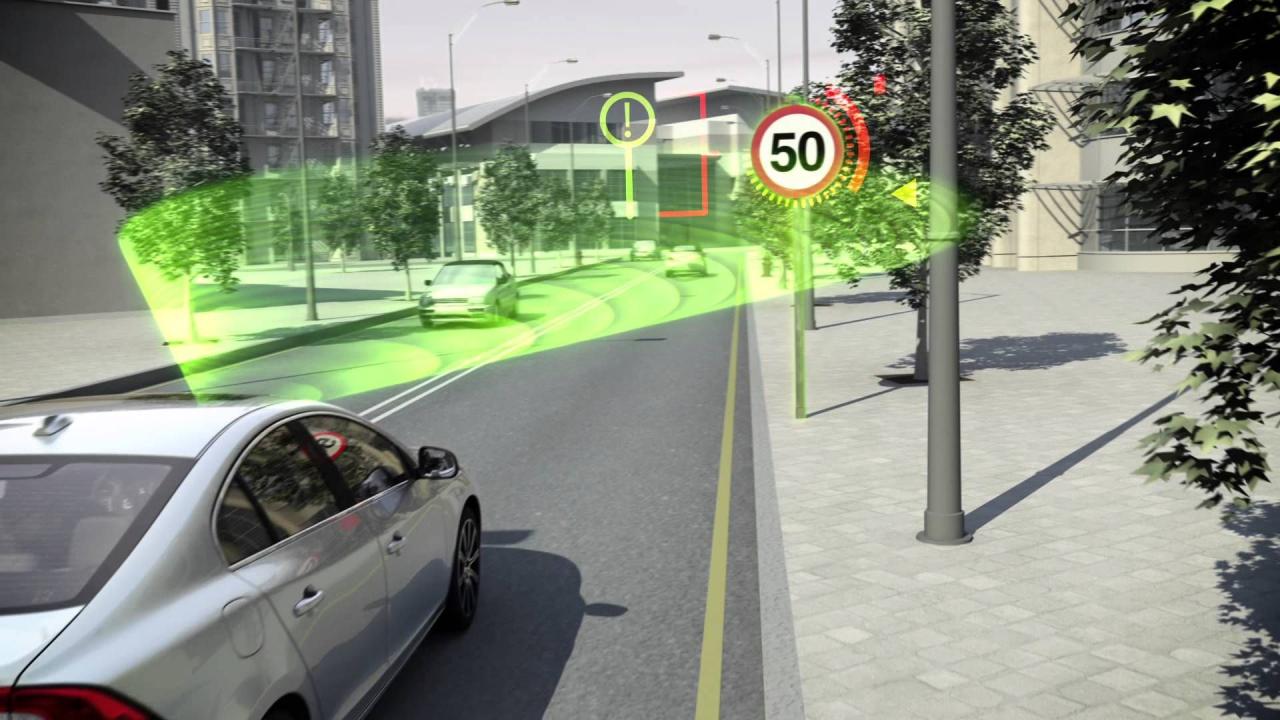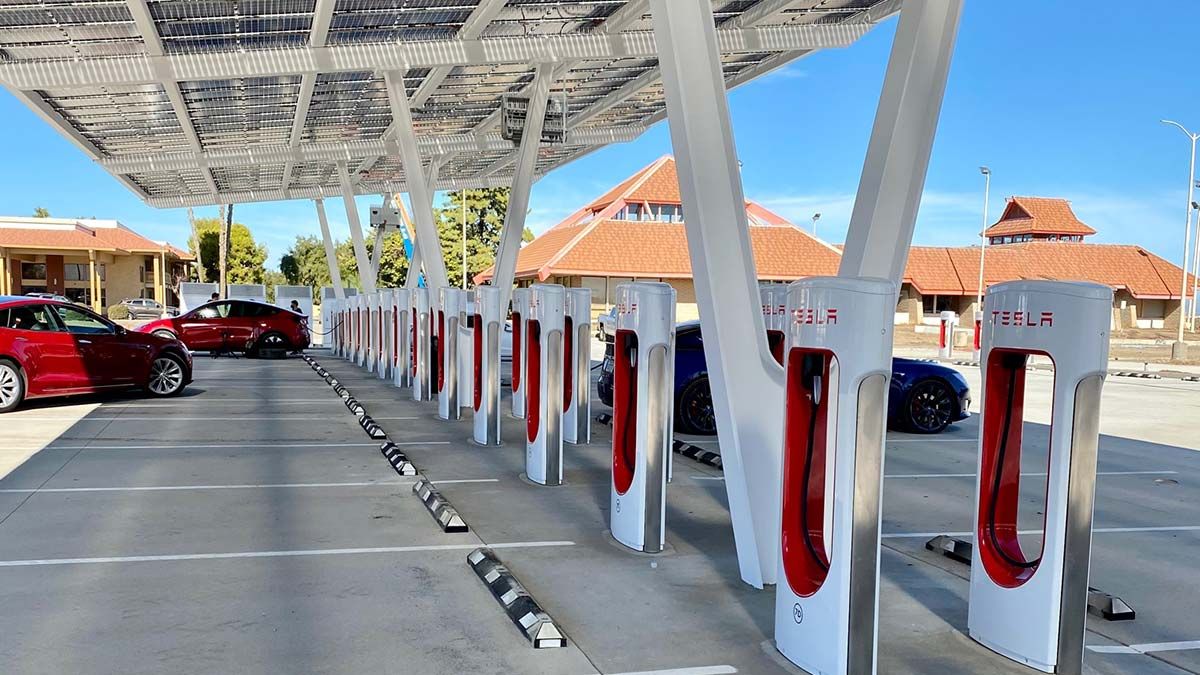The Intelligent Network: Revolutionizing Road Travel
The automotive landscape is undergoing a profound transformation, moving beyond mere mechanical prowess to embrace a new era of intelligence and interconnectedness. Connected cars are at the forefront of this revolution, transforming the very act of driving from a solitary journey into an integrated, informed, and highly efficient experience. These vehicles, equipped with an array of sensors, communication devices, and computing power, are capable of exchanging data with other vehicles, infrastructure, personal devices, and the cloud, ushering in the age of smart driving. This intricate network promises not only to enhance safety and convenience but also to fundamentally reshape urban planning, logistics, and our relationship with personal mobility.
The Evolution of Connectivity: From Telematics to IoT on Wheels
The concept of a “connected car” isn’t entirely new; its roots can be traced back to early telematics systems. In the late 20th century, features like GM’s OnStar, introduced in 1996, provided rudimentary emergency assistance and navigation services by using cellular technology. These early systems were primarily about one-way communication or basic two-way voice calls.
However, the rapid proliferation of the internet, smartphones, and sophisticated sensor technology in the 21st century paved the way for a much more advanced form of vehicle connectivity. The shift accelerated with the advent of 4G LTE networks, enabling higher bandwidth and lower latency, critical for real-time data exchange. Today, connected cars are essentially powerful, mobile Internet of Things (IoT) devices, gathering and transmitting vast amounts of data. This evolution is driven by consumer demand for integrated digital experiences, the automotive industry’s push for advanced safety features, and the global imperative for more efficient and sustainable transportation systems. The journey from basic telematics to a fully integrated digital ecosystem on wheels marks a pivotal moment in automotive history.
The Architecture of Connectivity: How Cars Communicate
The intelligence of connected cars stems from their sophisticated communication architecture, enabling them to exchange data across various platforms and entities. This intricate web of communication is often referred to as V2X (Vehicle-to-Everything), encompassing multiple modes of interaction.
A. In-Vehicle Communication: i. Infotainment Systems: Modern vehicles integrate advanced infotainment systems, often featuring large touchscreens, voice control, and smartphone integration (Apple CarPlay, Android Auto). These systems provide navigation, media playback, connectivity to streaming services, and access to vehicle-specific apps. They are essentially the human-machine interface for many connected services. ii. Internal Networks (CAN Bus, Ethernet): Within the vehicle itself, various electronic control units (ECUs) communicate over networks like the Controller Area Network (CAN bus) or automotive Ethernet. These networks manage everything from engine control and braking systems to climate control and advanced driver-assistance systems (ADAS). The data generated internally is crucial for external communication and diagnostic purposes.
B. Vehicle-to-Cloud (V2C) Communication: i. Cellular (4G/5G): The most common form of V2C communication relies on cellular networks (currently 4G LTE, rapidly transitioning to 5G). This enables a wide range of services: over-the-air (OTA) software updates, remote diagnostics, real-time traffic information, remote vehicle control (e.g., unlocking doors, pre-conditioning climate), emergency calling (eCall), and streaming entertainment. 5G’s ultra-low latency and high bandwidth are crucial for future autonomous functionalities. ii. Satellite Communication: Used primarily for remote areas where cellular coverage is sparse, or for highly specialized services like emergency satellite calls or tracking, ensuring a redundant communication channel.
C. Vehicle-to-Vehicle (V2V) Communication: i. Dedicated Short-Range Communication (DSRC): This technology, based on Wi-Fi standards (IEEE 802.11p), allows vehicles to communicate directly with each other within a range of typically 300-1000 meters without relying on cellular infrastructure. DSRC is designed for real-time safety-critical applications, such as collision avoidance warnings, intersection management alerts, and blind-spot warnings by sharing data like speed, heading, and braking status. ii. Cellular V2X (C-V2X): An alternative and increasingly favored technology leveraging cellular networks (4G LTE and 5G NR) for V2V communication. C-V2X offers advantages in terms of broader deployment potential and integration with existing cellular infrastructure. It supports both direct communication (sidelink) similar to DSRC and network-assisted communication for more complex services.
D. Vehicle-to-Infrastructure (V2I) Communication: i. Smart Traffic Lights: Vehicles can communicate with intelligent traffic lights to receive real-time signal timing information, enabling optimized speed for green light traversal (green wave optimization) or alerts about red light violations. This can significantly reduce idling time and congestion. ii. Roadside Units (RSUs): Infrastructure equipped with DSRC or C-V2X transceivers can broadcast critical information to vehicles, such as road hazards ahead (accidents, construction zones, slippery conditions), dynamic speed limits, or pedestrian crossings. These units act as vital data relays, enhancing situational awareness. iii. Parking Guidance Systems: V2I systems can guide drivers to available parking spots in real-time, reducing time spent searching and alleviating urban congestion.
E. Vehicle-to-Pedestrian/Vulnerable Road User (V2P/VRU) Communication: i. Smartphone Integration: Emerging technologies allow connected cars to communicate with smartphones carried by pedestrians or cyclists. Apps or embedded chips in wearables can transmit location data, alerting both the driver and the vulnerable road user to potential collision risks, particularly in urban environments with low visibility. This is a critical step towards enhancing safety for non-occupants of the vehicle.
The Pillars of Smart Driving: Benefits and Applications
The seamless flow of data enabled by connected car technologies unlocks a vast array of benefits, transforming various aspects of transportation and urban living.
A. Enhanced Safety and Accident Prevention: i. Collision Avoidance Systems: V2V communication can provide warnings about imminent collisions (e.g., a sudden brake ahead, vehicle in blind spot, intersection cross-traffic alert) even before the driver sees the threat, reacting faster than human reflexes. ii. Emergency Services Integration (eCall): In the event of a crash, connected cars can automatically alert emergency services with precise location data, significantly reducing response times and improving survival rates. iii. Hazard Warnings: V2I communication allows vehicles to receive real-time alerts about road hazards such as black ice, debris, construction zones, or sudden heavy braking by vehicles further ahead, enabling drivers to react proactively. iv. Vulnerable Road User Protection: V2P communication systems aim to reduce accidents involving pedestrians and cyclists by providing warnings to both drivers and the VRUs, particularly crucial in urban settings with complex interactions.
B. Improved Traffic Flow and Reduced Congestion: i. Real-Time Traffic Optimization: Connected cars contribute data to and receive information from central traffic management systems, enabling dynamic routing around congested areas and optimizing traffic signal timings for smoother flow. ii. Green Wave Optimization: Vehicles can be advised on optimal speeds to hit a “green wave” of traffic lights, reducing stop-and-go driving, fuel consumption, and emissions. iii. Smart Parking: V2I systems can guide drivers directly to available parking spaces, minimizing circling and reducing congestion in crowded urban centers. iv. Platooning: In the future, V2V communication will enable groups of vehicles to travel in close formation (platooning), significantly increasing road capacity and fuel efficiency, particularly for commercial trucking.
C. Enhanced Convenience and Infotainment: i. Personalized Navigation: Real-time traffic, weather, and road condition updates are integrated into navigation systems, providing dynamic route optimization and estimated arrival times. ii. In-Car Entertainment and Productivity: Seamless integration with streaming services, web Browse, and productivity tools (e.g., email, video conferencing) transforms commute time into productive or leisure time, especially as autonomous features advance. iii. Remote Vehicle Control: Owners can remotely monitor their vehicle’s status, lock/unlock doors, pre-condition the cabin, locate the vehicle, or even summon it in some advanced scenarios, all from a smartphone app. iv. Predictive Maintenance: Vehicle systems can self-diagnose potential issues and transmit data to manufacturers or dealerships, enabling proactive maintenance scheduling and preventing breakdowns.
D. Environmental Benefits: i. Reduced Emissions: Smoother traffic flow, optimized routes, and reduced idling time significantly lower fuel consumption and greenhouse gas emissions. Predictive maintenance also ensures vehicles operate at peak efficiency. ii. Optimized Charging/Refueling: Connected electric vehicles (EVs) can communicate with charging infrastructure to find available charging stations, optimize charging times based on grid demand, and even facilitate vehicle-to-grid (V2G) energy flow. iii. Sustainable Urban Planning: Data from connected vehicles can provide insights for urban planners to design more efficient transportation networks, prioritize public transit, and create pedestrian-friendly zones, fostering smarter, greener cities.
E. New Business Models and Services: i. Subscription Services: Connected features enable new revenue streams through subscription services for premium navigation, enhanced security, remote services, or in-car Wi-Fi hotspots. ii. Usage-Based Insurance (UBI): Insurance companies can offer customized premiums based on actual driving behavior (e.g., mileage, speed, braking habits) collected from connected cars, rewarding safer drivers. iii. Fleet Management: For commercial fleets, connected car technology provides real-time tracking, diagnostics, route optimization, and driver behavior monitoring, leading to significant operational efficiencies and cost savings. iv. Mobility-as-a-Service (MaaS): Connected and eventually autonomous vehicles are foundational for MaaS models, where consumers purchase mobility solutions (e.g., ride-hailing, car-sharing) rather than owning a vehicle, leading to optimized resource utilization.
Challenges and Considerations: Navigating the Digital Road
Despite the immense promise, the widespread adoption and optimal functioning of connected car technologies face several significant hurdles that require careful attention and collaborative solutions.
A. Cybersecurity and Data Privacy: i. Vulnerability to Hacking: As vehicles become increasingly connected, they become potential targets for cyberattacks. A successful hack could compromise vehicle control, steal personal data, or disrupt transportation systems on a large scale. Robust encryption, secure boot processes, and continuous vulnerability monitoring are paramount. ii. Massive Data Collection: Connected cars generate vast amounts of data about driving habits, locations, routes, and personal preferences. Protecting this sensitive information from unauthorized access, misuse, or breaches is a critical privacy concern that requires strict regulations and transparent data handling policies.
B. Interoperability and Standardization: i. Fragmented Ecosystem: For V2X communication to be truly effective, all vehicles, infrastructure, and devices need to “speak the same language.” A lack of universal standards for communication protocols (e.g., DSRC vs. C-V2X debate), data formats, and cybersecurity frameworks can hinder seamless interoperability and widespread adoption across different manufacturers and regions. ii. Global Harmonization: Achieving global consensus on communication standards and regulatory frameworks is a complex challenge, slowing down the pace of deployment.
C. Infrastructure Development: i. Deployment of Roadside Units (RSUs): For V2I communication to be fully effective, a comprehensive network of roadside units needs to be deployed across cities and highways. This requires significant investment from governments and public-private partnerships. ii. 5G Network Rollout: While 5G offers promising capabilities, its full deployment with ultra-low latency and ubiquitous coverage is still ongoing in many regions, which is critical for supporting advanced connected and autonomous features.
D. Regulatory and Legal Frameworks: i. Liability in Accidents: As vehicles become more intelligent, determining liability in the event of an accident involving connected systems becomes more complex. Is it the driver, the vehicle manufacturer, the software provider, or the infrastructure operator? Clear legal frameworks are needed. ii. Data Ownership and Usage: Who owns the vast amounts of data generated by connected cars? How can it be used by manufacturers, third-party service providers, or governments? Regulations are required to protect consumer rights and ensure ethical data practices.
E. Consumer Acceptance and Education: i. Trust in Technology: Building consumer trust in connected car technologies, especially those that take partial control of the vehicle or share data, is crucial. Concerns about reliability, security, and privacy can deter adoption. ii. Understanding Features: Many connected features are complex. Educating consumers on how to use these technologies safely and effectively, and understanding their limitations, is essential for maximizing benefits and minimizing risks.
F. Cost of Implementation: i. Vehicle Cost: Incorporating advanced connectivity hardware and software adds to the manufacturing cost of vehicles, which can be passed on to consumers, potentially limiting market penetration for certain segments. ii. Subscription Fees: Many connected services are offered on a subscription basis, which can be an ongoing cost for consumers.
The Future Horizon: Integrated Mobility Ecosystems
The trajectory of connected cars is intertwined with the broader evolution of mobility, pointing towards a future where vehicles are seamlessly integrated into intelligent transportation ecosystems.
A. Accelerating Autonomous Driving: Connected car technologies are foundational for enabling higher levels of autonomous driving. V2X communication provides autonomous vehicles with a broader “perception” range, allowing them to anticipate hazards and make more informed decisions beyond the line of sight of their own sensors, particularly in complex urban environments. B. Smart City Integration: Connected cars will be integral to the development of smart cities. They will contribute to and benefit from intelligent infrastructure, optimized public transportation, smart parking solutions, and dynamic energy management systems, creating more sustainable and efficient urban environments. C. Personalized Mobility Experience: The future will see highly personalized in-car experiences, with AI assistants learning driver preferences, optimizing routes based on individual schedules, and seamlessly integrating with smart homes and workplaces. D. Data-Driven Urban Planning and Management: The vast datasets generated by connected vehicles will provide unprecedented insights for urban planners, allowing for data-driven decisions on infrastructure investments, traffic management strategies, and public policy to enhance urban livability and efficiency. E. Enhanced Logistics and Supply Chains: Autonomous, connected commercial fleets will revolutionize freight transportation, leading to optimized routes, reduced delivery times, improved fuel efficiency, and greater safety for long-haul operations. F. Over-the-Air Everything (OTA): Software updates will become the norm for everything from minor bug fixes and feature enhancements to major system upgrades, ensuring that vehicles continuously improve over their lifespan without needing physical visits to service centers.
Connected cars represent more than just a technological upgrade; they signify a fundamental shift in how we conceive of transportation. By weaving vehicles into a sophisticated digital tapestry, we are creating a safer, more efficient, and ultimately smarter way to move. The road ahead is complex, filled with technical, regulatory, and societal challenges, but the promise of smart driving offers a compelling vision for the future of mobility that is well worth the journey.

